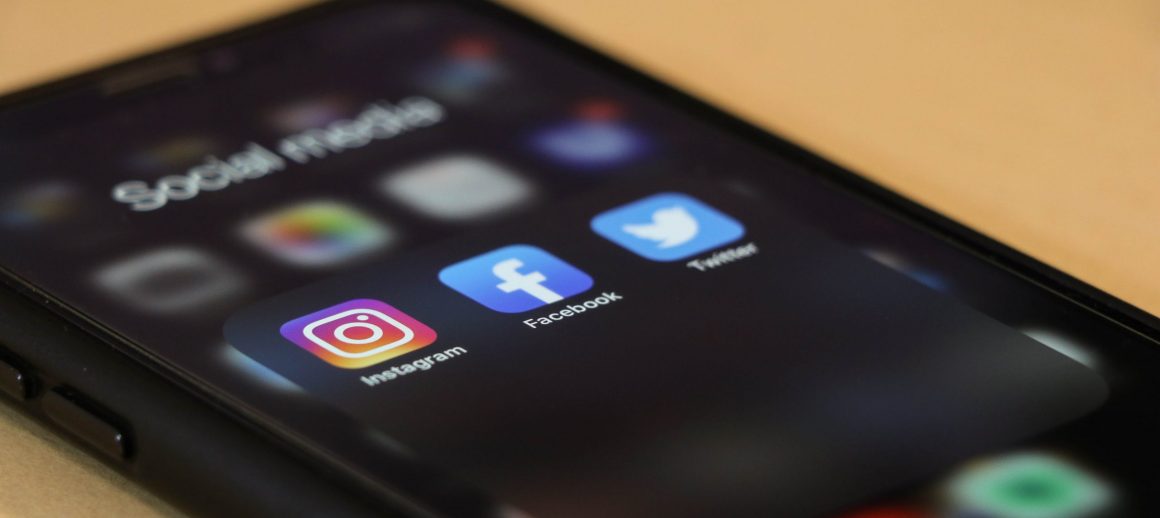A Millennial’s Guide to Social Media
26 August, 2016
This is a guest blog by our summer intern, Oliver Stratton. Oliver is an undergraduate at Oxford University.
In a world where a wealth of information is just a few clicks away and communication is both instant and effortless, it is no surprise that companies must innovate to gain the attention of millennials. Gone are the days where a simple letter or call would suffice, this generation is more willing to engage, more expressive, and more visual than any that precede it.
I call myself a millennial after growing up in a world where the internet is as accessible as clean water. An existence without the ubiquity of social media doesn’t really cross my mind very often and I’m not alone in this mentality. Despite this, the vast majority of companies simply come across as patronising as few successfully utilise this tool.
In this blog post, I give a guide on where millennials go on social media and reveal the unspoken “dos” and “don’ts” for individual and business users.
Facebook – where we congregate
I sometimes see articles suggesting that Facebook is in trouble because my generation is adopting newer platforms like Snapchat as our network of choice. Untrue.
If you’ve got a bit a time to kill, perhaps you’re waiting at the station for the train, Facebook is your friend. This platform has become so universal that others may question your existence if you’re not on it somewhere! Browse your newsfeed and discover the exciting lives your friends appear to lead as they share their momentous occasions. Discover the must-see events in your network (for example my college uses Facebook to publicise student events) and the new brands your friend’s now love. Only care for a product or service if it comes with a recommendation: a few likes of a page is more than enough.
For the individual:
- DO share your life and keep your network updated on your interests and what you’re up to. This platform is as much for your own record as it is for others.
- DO NOT interact with anyone or anything unless it relates to the real world.
For the business user:
- DO have a presence. Users may like your company’s page which essentially translates as a recommendation to their connections.
- DO NOT try too hard to engage. Users will un-like your page if you spam their newsfeed. Don’t post anything unless it’s likely to come up in natural daily conversation.
Twitter – for the complainer
If things don’t meet your expectations, Twitter is the platform to vent your rage. Imagine your train is delayed and you find yourself reaching the bottom of your Facebook newsfeed. You slowly begin to realise social media cannot keep you occupied for much longer and eye contact with of other standers-by may be inevitable. You’re not happy. You don’t care about current trends or press releases; you just want to complain to whoever has disappointed you in 140 characters or less.
For the individual:
- DO reach out to companies and organizations, but only on topics that are unanimously relatable.
- DO NOT tweet unless you really have something to say. Twitter isn’t for socialising and as one prime minister once accurately put it, “Too many tweets can make a …”
For the business user:
- DO respond to users. This platform is both direct and public meaning answering one person’s question may be answering those of many.
- DO NOT expect users to pay much attention to anything else you post!
Instagram – for the pop-culturalist
When you’re tired of reading and just want to skim through your network as quickly and efficiently as possible, Instagram has got you covered. An almost entirely visual experience, it’s essentially a hybrid between Twitter and Facebook with a twist. Publish your own photos to followers and flick through your newsfeed to like others’ snaps. Direct advertising through this platform has engagement amongst users unrivalled to that of Twitter or Facebook. If you think an advert looks equally as attractive as your friend’s travel photos, go ahead and like it. There is no stigma attached to engaging with companies as much as your friends.
For the individual:
- DO flash your newsfeed before your eyes and stop on whatever catches your eye, regardless of who posted it.
- DO NOT post anything unless it’s visually immaculate.
For the business user:
- DO post simple and enticing images that give the user a cause to read the one sentence description and tap to read more.
- DO NOT post infographics. Users are lazy and will not stop to interpret a graph or diagram.



